
Industrial Camera Inspection Systems
Cutting-edge camera vision solutions for optimized production line performance
An industrial camera inspection system is used in manufacturing and production environments to inspect products, packages, and labels for defects or inconsistencies. High-resolution cameras capture images of the products as they move along a production line, and advanced processing software analyzes the images to check for defects or other quality issues. Any faulty products are flagged for further inspection or automatically removed from the line. Camera vision inspection systems are used in various industries, including food and beverage, cosmetics, pharmaceuticals, and more.
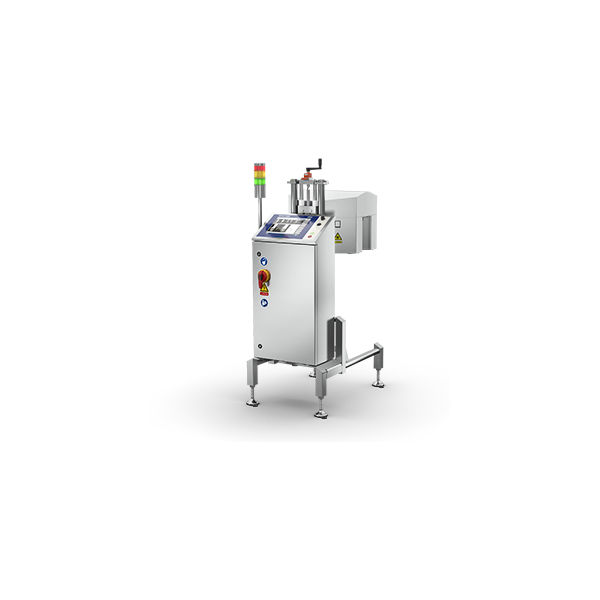
V15 Label Inspection 360° System
This space-saving solution detects label data and quality defects on round products. Six image sensors are enclosed in a compact design that can easily be installed over existing conveyors. The V15 can be extended with top and bottom cameras.
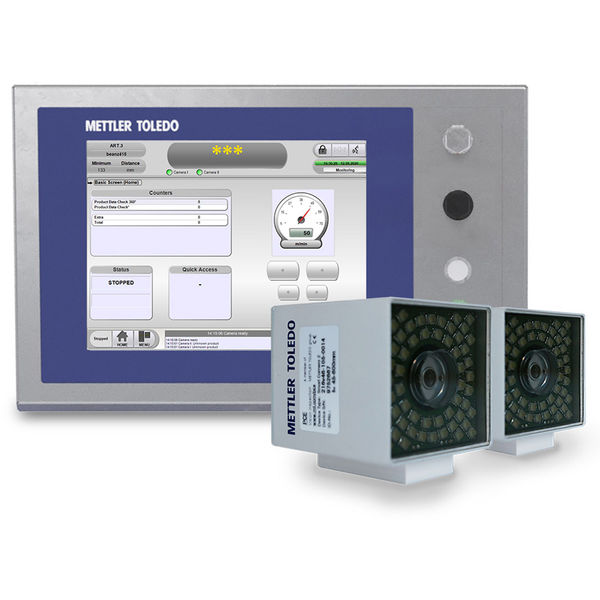
V11 Label Inspection System
This flexible label inspection solution reliably inspects oriented products from the sides or top for label data and quality defects. It can be easily integrated into existing production lines utilizing smart cameras, lighting, and software.
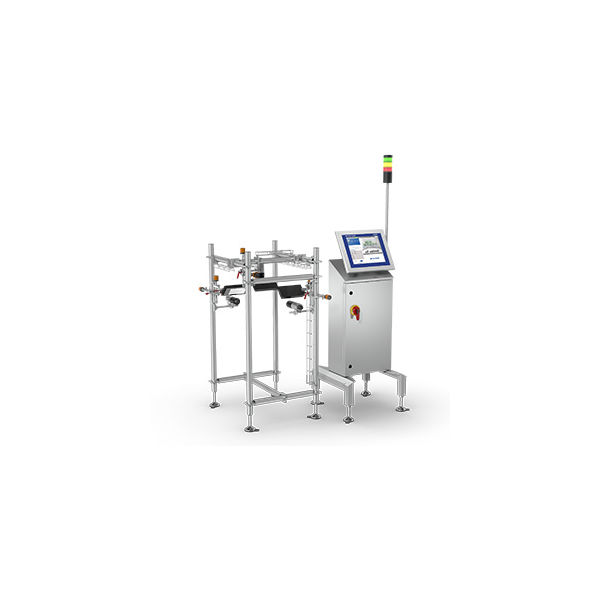
V31 Vision Inspection System
Advanced package and label inspection of oriented products. The flexible system includes a rapid installation frame and product tracking for support of up to six cameras and customized lighting.
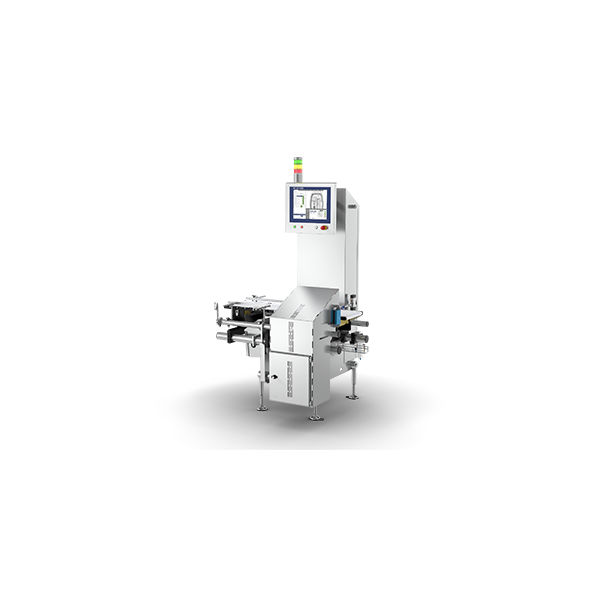
V33 Flat Pack Vision Inspection System
Advanced bottom inspection of a variety of packages. The system supports customized lighting and can be extended with top cameras for further applications such as seal contamination inspection.
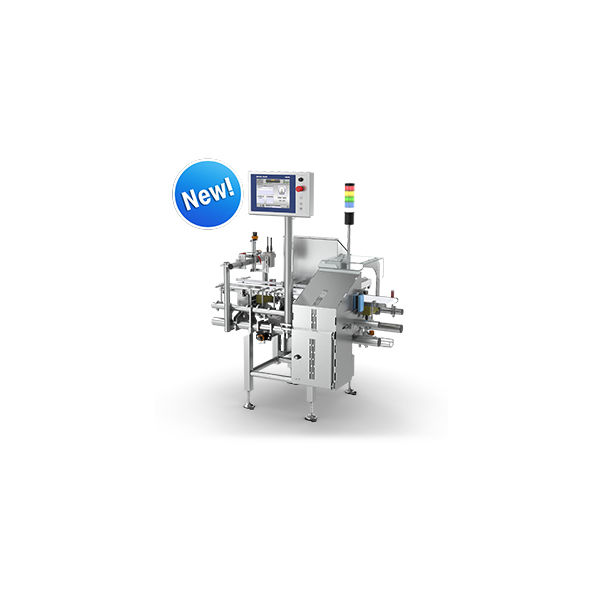
V13 Flatpack Label Inspection System
This solution carries out reliable label inspection from the bottom up to inspect labels on the underside of flat packs. The stand-alone solution offers configurable material handling options and can be extended with top and side smart cameras.

CV Combination
This fully integrated system offers weight control and completeness check combined with label inspection for all product shapes. The space-saving solution is fully configurable from standardized modules and offers advanced quality control.
Maximize Your Return on Investment by Ensuring Professional Installation and Right Care Package
Maximize Your Return on Investment by Ensuring Professional Installation and Right Care Package
New Remote Support
Keeping Your Production Running
In addition to our existing 24/7 technical phone support, we offer the latest in remote service support using Augmented Reality (AR) technology. This allows us to provide the quick expert support you need to achieve your productivity goals.
Our METTLER TOLEDO augmented reality-powered visual remote assistance solution helps us to fully understand your service issues. Using a mobile device with an integrated camera enables us to see exactly what you see. We can guide you step-by-step to resolve the issue by providing real-time contextual assistance, such as adding text, drawings, or highlighting objects with 3D markers. Benefit from the fastest fault diagnostics, repair, and part replacement support by using the latest technology. We can also remotely connect to some of our products for additional service enhancement. Please contact your local service team for more details.
Explore our Services
Uptime. Support & Repair
Performance. Maintenance & Optimization
Compliance. Calibration & Quality
Expertise. Training & Consulting
FAQs
What are the different camera configurations used in production line inspection?
Industrial camera inspection systems offer several configurations to suit specific package inspection needs.
- Single cameras handle basic inspections, while multi-camera systems can provide 360° views.
- Top-down and bottom-up cameras are ideal for label inspection of barcodes or lot codes common in these locations.
- Line scan cameras excel at inspecting barcodes or 2D codes on fast moving products.
- Smart cameras offer built-in processing whereas pc-based cameras connect to a central processing computer – each offers unique advantages depending on the complexity of the applications.















